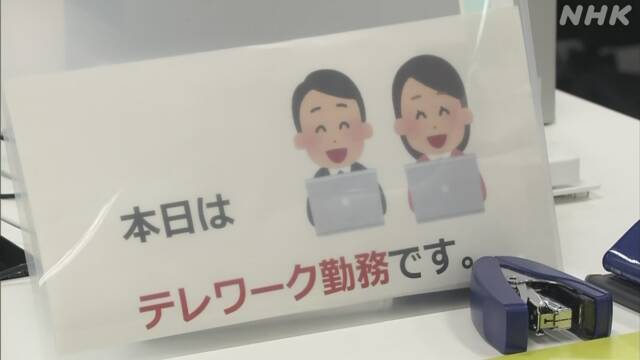Regarding telework, which was introduced due to the corona disaster, the implementation rate did not decrease even after the state of emergency was lifted, and the results of a private survey that it has been established to some extent have been compiled.
This survey was started in May last year by the Japan Productivity Center in an attempt to investigate changes in working styles and consciousness in the Corona disaster, and this time, the seventh time, in the middle of last month, the Internet was targeted at 1,100 working people aged 20 and over. I did it at.
According to this, the percentage of people who telework more than one day a week was 22% of the total, an increase of 2 points from the previous survey in July.
The implementation rate of telework has been around 20% for more than a year since July last year, and this time it was a survey after the state of emergency was lifted until September, but it did not decrease and maintained the level. , The surveyed organization analyzes that telework has become established to some extent.
On the other hand, when asking people who are teleworking at home whether they are satisfied with their work, the percentage of those who answered "not satisfied" or "somewhat not satisfied" was 33 in total. In%, it increased by 4 points from the previous time, and it is clear that the so-called "telework fatigue" is also deep-rooted.
Akira Kakioka, Senior Researcher at Japan Productivity Center, said, "It was a surprising result because I thought that the number of vaccinated people would increase and telework would decrease. The strength of the alertness to infection is reflected in the implementation rate. Isn't it? "

